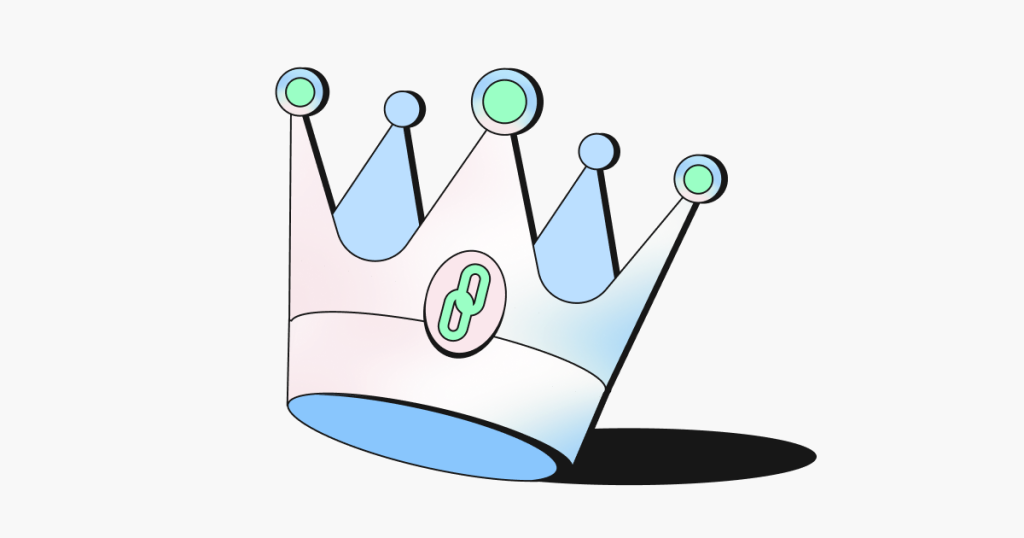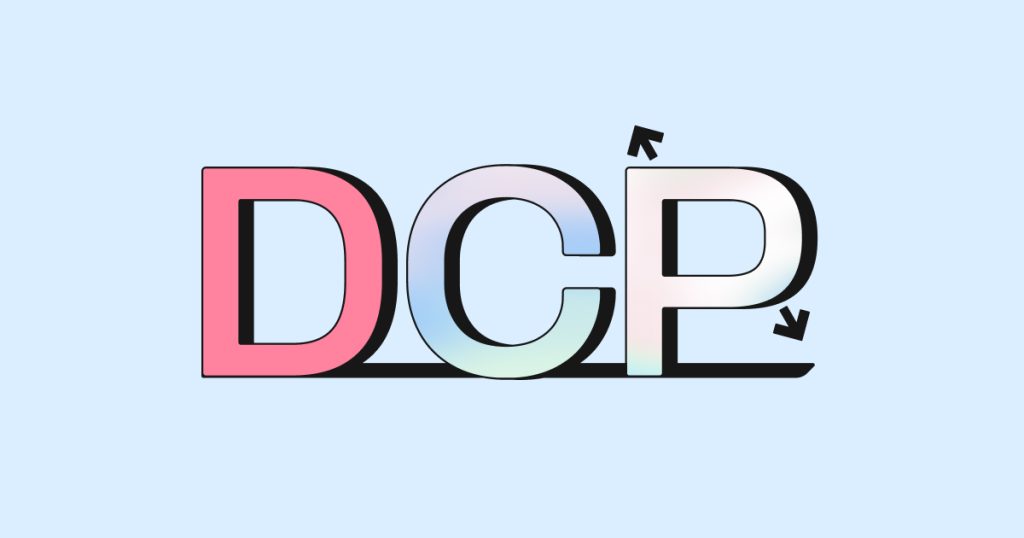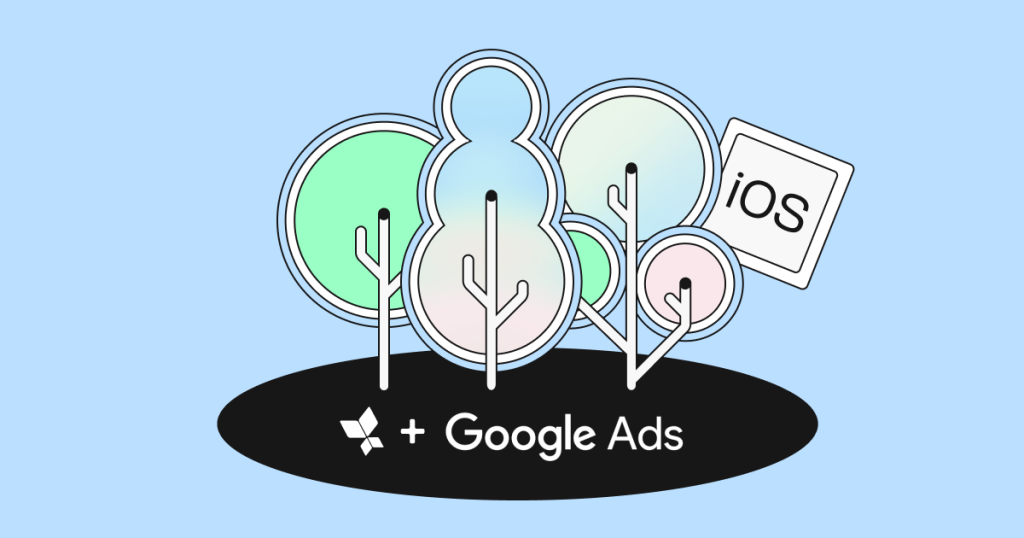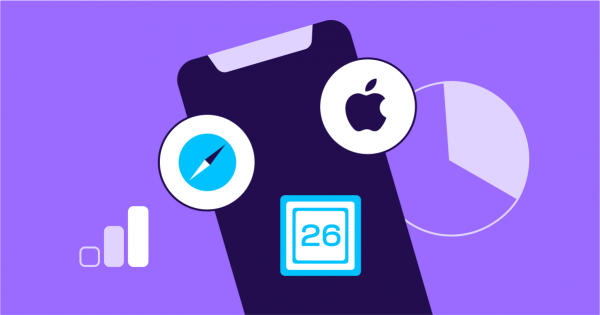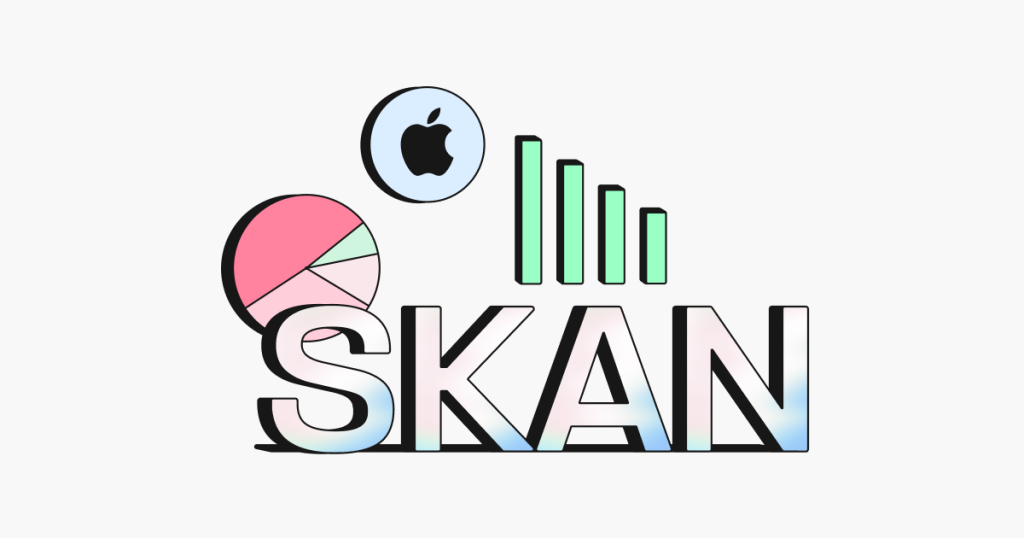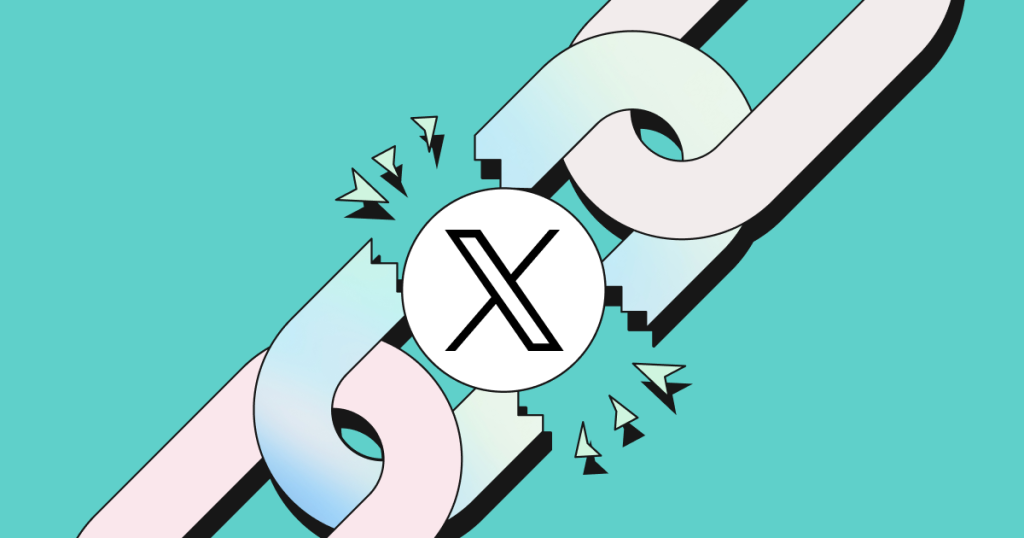SKAdNetwork 4.0 is out, let’s build your strategy
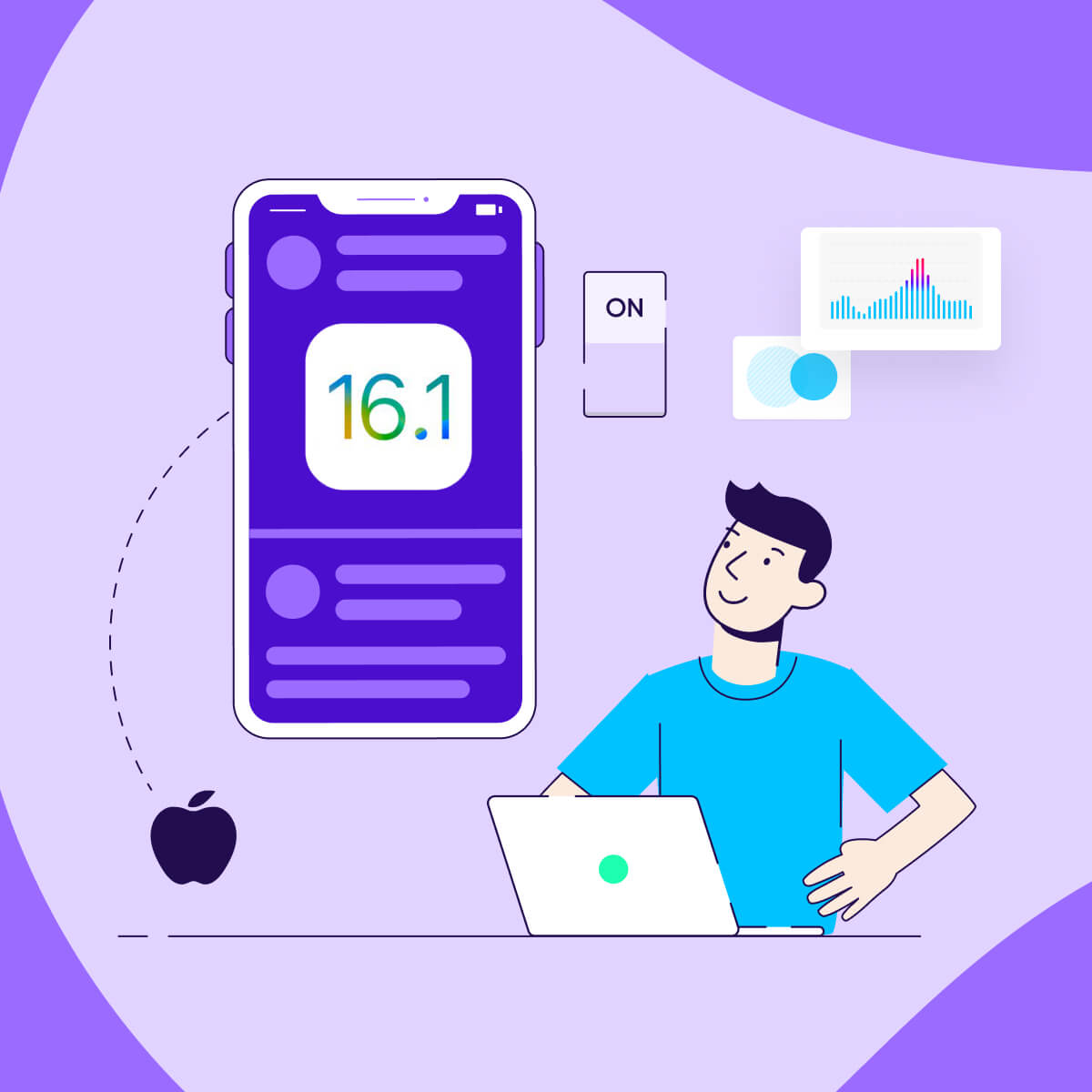

The exciting and much-anticipated release of SKAN 4.0 not only brings a lot of new features with it, it also brings a lot of options for both ad networks and app developers. With each version update, SKAN brings more and more value, but also becomes increasingly complex; user acquisition and SKAN strategy are the name of the game, and will set the savvy iOS developers apart from the rest.
First thing’s first
Before we start talking about strategy, let’s first review what the SKAN 4.0 changes are all about. There are 4 categories for which SKAN 4.0 changes fall into:
1. LTV Measurement
In SKAN 4.0, Apple introduces up to 3 (!) postbacks per user that work in the following order:
1st postback
When looking at the first postback with regards to LTV measurement, there are two main features:
- You can measure up to 48 hours of user activity, if you want to (previously, assuming a user was not active for 24 hours, you would not be able to measure anything beyond that time frame)
- The introduction of coarse-grain conversion value. coarse-grain is a new type of conversion value that has only 3 possible values: low, medium, or high. Similarly to how you currently map events or revenue to a conversion value 0-63, you can now map an event or revenue to low, medium, or high. The returned postback will contain either a fine grain conversion value, coarse-grain conversion value or “null” (depending on the privacy thresholds defined by Apple). Why is this important? We expect the null rates to drop dramatically thanks to the addition of the coarse-grain conversion value. If previously, Apple needed to mask the conversion value when privacy thresholds weren’t met, there’s now a “middle ground” with the coarse-grain conversion value.
2nd postback
The introduction of a second postback is great news: You can now measure user activity for day 3 to day 7. The three disclaimers to the second postbacks are:
- Only the coarse-grain or nulled conversion value is returned.
- The delay from the time the postback was ready to be sent and until the postback is sent varies from 24 hours to 144 hours.
- The 2nd postback will only be sent if the user was active in this time frame.
3rd postback
The third postback is very much like the second postback, but measures user activity from day 8 to day 35. Similarly to the second postback, the third postback has three disclaimers
- It can only return a coarse-grain or nulled conversion value.
- The delay from the time the postback was ready to be sent and until the postback is sent varies from 24 hours to 144 hours.
- The 3rd postback will only be sent if the user was active in this time frame.
lockWindow
Apple is also introducing a new concept – ‘lockWindow’. This gives the app developer the option to stop measuring user activity in order to get the postback as soon as possible. Locking the measurement window can be done for each postback within its activity window. For example, you can lock the window of the second postback anywhere between day 3 and day 7 of the user’s activity.

2. Ad network optimization / reporting drilldown
One of the critical updates for SKAN 4.0 will be very useful for ad networks: better granularity in campaign dimension reporting. In previous SKAN versions, campaign IDs were limited to 2 digits, meaning ad networks could only assign an ad a number between 0-99. In SKAN 4.0, the campaign ID is reborn as “source identifier”, and can contain up to four digits (up to 10,000 values).
It’s extremely important to note that the ad network will only receive all four digits in a postback if the privacy thresholds are met. When privacy thresholds are not met, the ad network may receive three digits or two digits (two digits will be the minimum).
Over the past few months, we’ve held multiple discussions with ad networks on how they plan to utilize this new feature. As it stands, ad networks have two main approaches:
- The extra two digits will be used for internal optimization
- The extra two digits will be used for additional reporting breakdown, based on the advertiser’s needs (e.g. country dimension or creative ID)
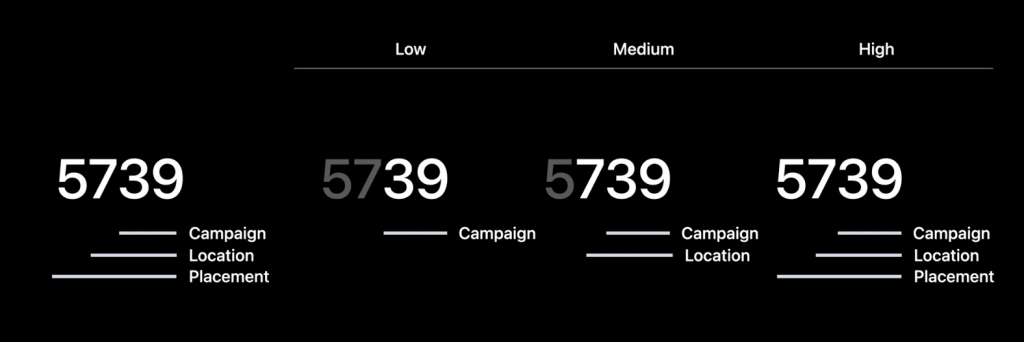
3. Additional attribution channels
One of the main pain points previous SKAN versions presented was the lack of support for web-to-app attribution. As a result, some of marketers’ main acquisition channels (e.g. Google Ads) were not covered by SKAN.
Apple is now adding support for web-to-app attribution for Safari.
While this new solution supports Safari only, our data shows that Safari is the mobile browser of choice for 93.65% of iPhone users.
4. Privacy thresholds
In previous versions of SKAdNetwork, if a cohort of users did not pass the privacy threshold, Apple would drop the conversion value and/or source app ID from the postback and both would be nulled.
In SKAN 4.0 this concept is broadened; there are four tiers of crowd anonymity: 0, 1, 2 and 3. Apple determines which crowd anonymity tier each install belongs to, and may drop one or more of the following fields based on the tier: fine grain conversion value, coarse-grain conversion value, source ID, or source app ID.
Building your strategy
Now that we understand SKAN 4.0, let’s build a plan on how to tackle it.
While it will likely take a while for the industry to align with SKAN 4.0, you can already start thinking about how you would like to set up your LTV measurement to make the most of the additional capabilities.
What should you measure and when? Here are the factors to take into account:
- Data freshness – how soon do you need your data for optimization purposes?
- Measurement optimization – how can each postback (first vs second vs third) measurement be optimized?
- Reporting – what could your reporting look like?
Data Freshness
A very important aspect of the ability to run campaigns effectively is taking decisions as fast as possible. With SKAN 4.0, unless the lockWindow function is used, the first postback will arrive 3-4 days after the install occurs.
When considering what you would like to measure, you will need to take into account that there’s a tradeoff between capturing user activity and data freshness.
Measurement optimization
A common misconception we’ve encountered is that the coarse-grain conversion value is a derivative of the fine-grain conversion value. This is not true at all. The coarse-grain conversion values are an entirely separate method of mapping events or revenue.
In AppsFlyer’s Conversion Studio, advertisers will be able to map a specific in-app event or revenue range as ‘low’, ‘medium’ or ‘high’ for each postback. For example, a developer could potentially map a purchase event as ‘medium’ on postback #2, and map a level_complete event as ‘medium’ on postback #3.
Depending on your app category, the coarse-grain conversion value can carry significant value and insight; a subscription-based app could map the subscription event to ‘high’ on the 2nd postback, for example. You can check out some category-specific examples for SKAN 4.0 measurement in the interactive SKAdventure simulator.
Reporting
Reporting with SKAN 4.0 could get a bit tricky. Since the source ID can be either 2,3 or 4 digits, different dimensions may be returned on every postback.
Let’s look at an example: If an ad network is dedicating the 3rd digit to indicate the country, some of the postbacks received will include the country dimension, while others may not due to privacy thresholds. Moreover, the 2nd and 3rd postbacks only ever contain 2-digit source IDs by default, meaning the country data will only ever be available up to day 2 post-install.
App developers will need to prepare accordingly, understanding what the new capabilities—combined with the new restrictions—mean for their LTV data reports.
Looking ahead
SKAN 4.0 brings a LOT of great new capabilities and many options for app developers to define how and what they want to measure. While this news is still fresh, we highly recommend getting yourself familiarized with it and getting a head start on planning.
It may take some time for the industry to fully adopt SKAN 4.0, as adoption depends on every stakeholder in this ecosystem: app developers, MMPs, ad networks, publishers and end users.


